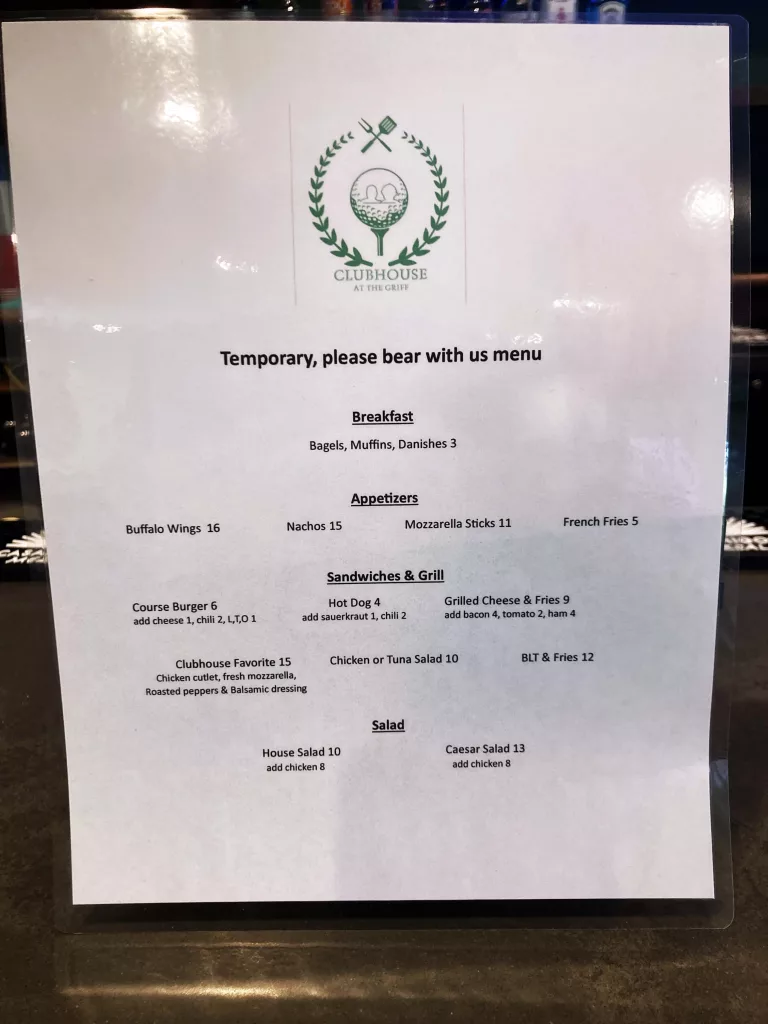
By Adam Rohdie
As the calendar rolled over to start a new decade, I found myself engulfed in a television tribute to those who had passed away in the last ten years. At the start of the decade, June of 2010, we lost a great teacher just four months short of his 99th birthday. I have admired John Wooden, not just because I am a basketball coach, and not just because of how successful his UCLA teams were (he won ten NCAA basketball championships), but I have been drawn to Coach Wooden primarily because he was an amazing teacher.
The model of teaching in America and around the world is largely one where a teacher stands in the front of the classroom armed with knowledge to present to their students. The teacher tries to transfer that knowledge, mostly through lecturing and the Socratic method, and assesses the students on their ability to retain the information through a quiz or test. While this approach has its place in very limited quantities in the classroom, fundamentally, the approach is not the most effective, nor the most engaging. Deep down, all great coaches and teachers know this. Coach Wooden knew this in the classroom and on the court.
Imagine an English or science teacher that takes a “coaching approach” with their students. In this model, the teacher/student relationship starts in a fundamentally different place. In this model, the student and the teacher are striving together to achieve a goal. The goal is no longer an arbitrary multiple-choice test at the end of the unit, but rather it is a real-world assessment of their ability. In this model, the learning becomes dynamic; students are fully engaged, and they have agency over their own learning. The teacher’s job is no longer about sorting students, but rather helping each student achieve their fullest potential—for a team to win, all players have to strive to become their very best.
At Greenwich Country Day, if you observed our tenth graders preparing for exhibitions of learning over the last several weeks, you would have seen students and teachers working together to achieve an outcome. Tasked to pick a “rebel” from history, the students worked alongside their history teachers to determine who to select and how to defend that selection. With the guidance of their English teachers, they wrote in the voice of their rebels; together with their adult “coaches” (both science and art teachers), they learned the chemical process of copper etching to make a representation of their rebel. Then, just like a team preparing for a big game, they presented their finished products to a real-world audience of adults at an art gallery opening on Greenwich Avenue.
A learning environment where students and teachers are a team, working together to achieve a final goal, creates a place students can run with eagerness and enthusiasm. Interestingly, it is also a place where teachers thrive, as they become life-long learners along with their “team.” Coach Wooden reminds us that, “if you are through learning, then you are through.”
As we enter a new decade, I cannot help but be inspired by great teachers like John Wooden. My hope for the next decade is that many more students are able to have the transformative educational experience of being part of a “team” that realizes amazing accomplishments.




